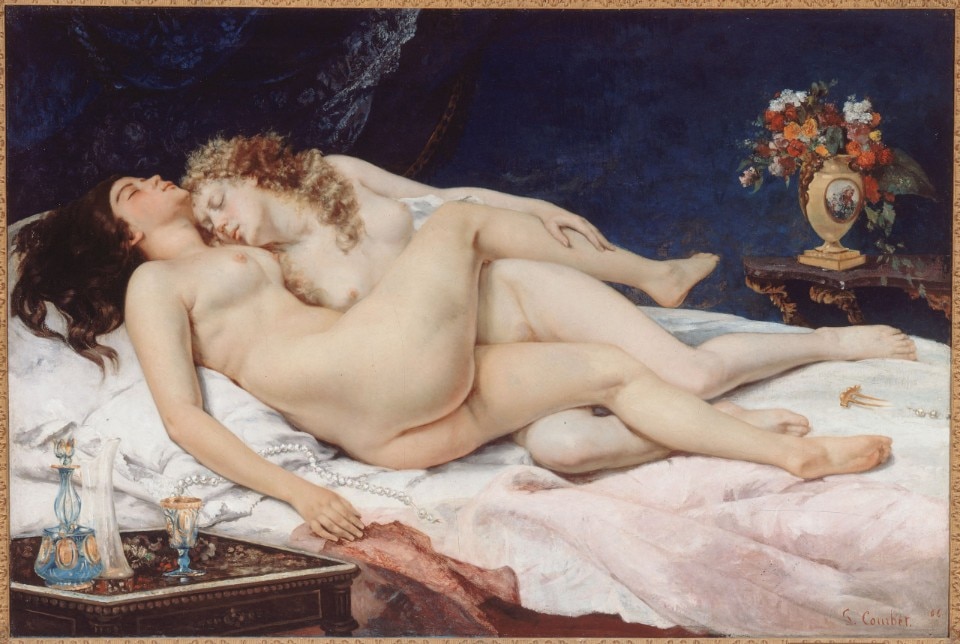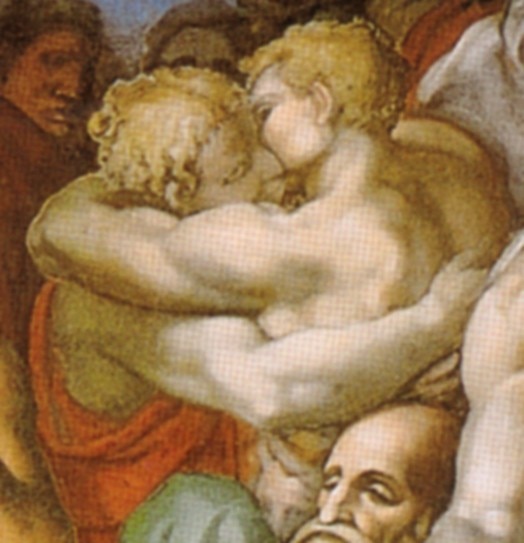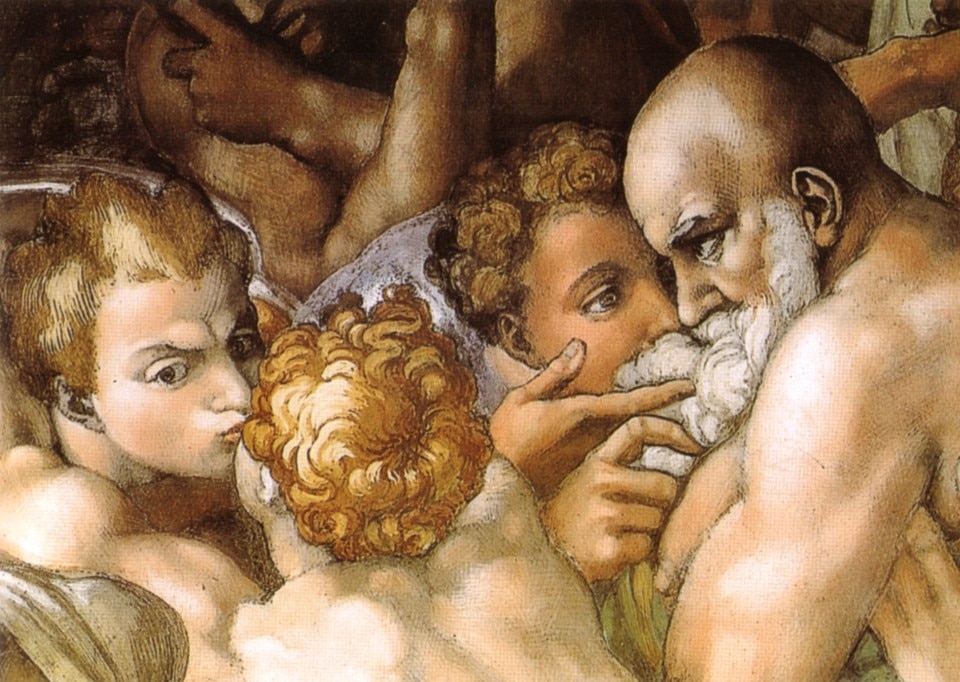On October 11, 1987, the Second National March on Washington for Lesbian and Gay Rights was held in Washington, DC, and the following year the first National Coming Out Day was celebrated.
“Today we celebrate the beauty of courage, the freedom to be oneself, the importance of celebrating differences, recognizing them, respecting them, and turning them into a valuable resource to build a more solid, cohesive and inclusive community day after day. Each coming out is unique, personal. And it is also a political act, because it brings the public attention back to the demands for recognition and full equality”. This is what Italian Senator Monica Cirinnà said during the last National Coming Out Day, which occurred last Sunday.
In reality, a first “march” had already taken place centuries before the American one – and it took place on canvases, walls, bronzes and marbles.

In art, everything seems to simplify, with courage and confidence, between aesthetic and moral beauty. From the verses of Sappho, Virgil and Baudelaire, history, art and literature tell us how homosexuality was never hidden among the Greek and Roman populations. There was no scandal, no shame, but a true bond based on physical and intellectual love. The only rule was to have the same social status. Emperors, men of letters and artists, no one excluded. Classical culture naturally incorporated homosexuality, and it was only later, with the rise of Christianity, that it became a taboo, a scandal, an immoral act.
In the heart of Vatican City, in the Sistine Chapel, Michelangelo painted the Last Judgement, one of his most famous works. In the second ring on the right, he chose to represent Saints, martyrs, confessors and other blessed people. These frescoes attracted heavy criticisms and threatening accusations because of the heresy and the representation of intertwined naked male figures – for example you can easily spot two saints kissing, and two others embracing. The Saints, men who know love by putting it into practice, are here described by the artist as figures who distribute tenderness without distinction, without any kind of discrimination.

In his Metamorphoses, Ovid tells us about the love between Hyacinthus and Apollo. One day, when the sun was high in the sky, Apollo and Hyacinthus undressed, oiled their limbs and threw the discus. Apollo threw it so high that it flew through the clouds, and it fell to the ground only several minutes later. Hyacinthus tried to catch the discus, but it ricocheted from the hard earth and hit him so hard that it killed him. The desperate Apollo held the bleeding body of the young Hyacinthus, and tried everything not to lose his love. He then decided to transform that blood into a purple flower, to which he gave the name of his lover, so that he could preserve his memory forever. The myth was narrated by many extraordinary artists such as Giambattista Tiepolo, Caravaggio, and Andrea Appiani, but only one was able to describe the sweetness and love of that myth instead of its tragedy – Merry-Joseph Blondel. The almost feminine, elegant bodies, the gaze of the god full of love who seems to be approaching to kiss him and not to mourn him, and the young Hyacinthus lying abandoned as if he were just asleep in the arms of his beloved. Gentle, complicit, in love.

In 1866, Gustave Courbet – one of the leading proponents of nineteenth-century European realism – painted Sleep, a work also known as Les Dormeuses and Paresse et Luxure, an extremely erotic painting commissioned by the Ottoman-Egyptian diplomat Halil Serif Pasha. Two naked women, a brunette and a blonde with soft and voluptuous bodies, are entwined in an embrace and lying on an undone bed during a moment of rest immediately after having made love to each other. Courbet takes inspiration from one of Charles Baudelaire’s poems, Femmes damnées (Delphine et Hippolyte), from the collection Le Fleurs du mal, where the poet describes the love, fantasies and fears of these two women:
“Avons-nous donc commis une action étrange ?
Explique, si tu peux, mon trouble et mon effroi :
Je frissonne de peur quand tu me dis:” Mon ange! "
Et cependant je sens ma bouche aller vers toi.*
The twentieth century continues to affirm this freedom in the works of Balthus, Andy Warhol, Keith Haring and many others, because art anticipates, denounces, affirms, supports and shows emotions of all kinds, without fear, without uncertainty, always with courage and extreme beauty.
*. “Have we done something strange?
Explain, if you can, my unease and my fright.
I tremble with fear when you call me ‘My angel!’
And yet I feel my mouth move towards yours.”
Opening image: Michelangelo, The Last Judgment, Sistine Chapel, Rome, 1535-1541


